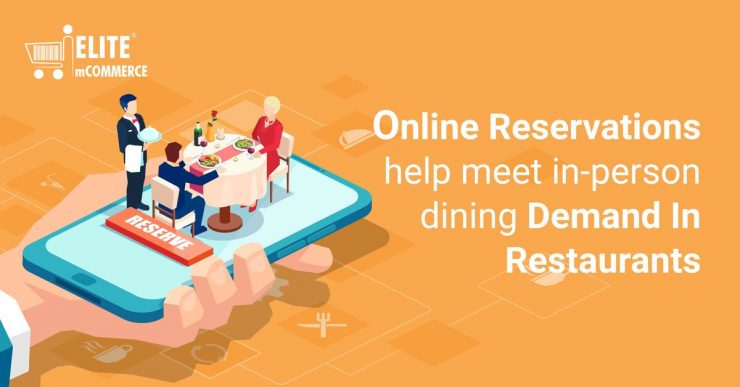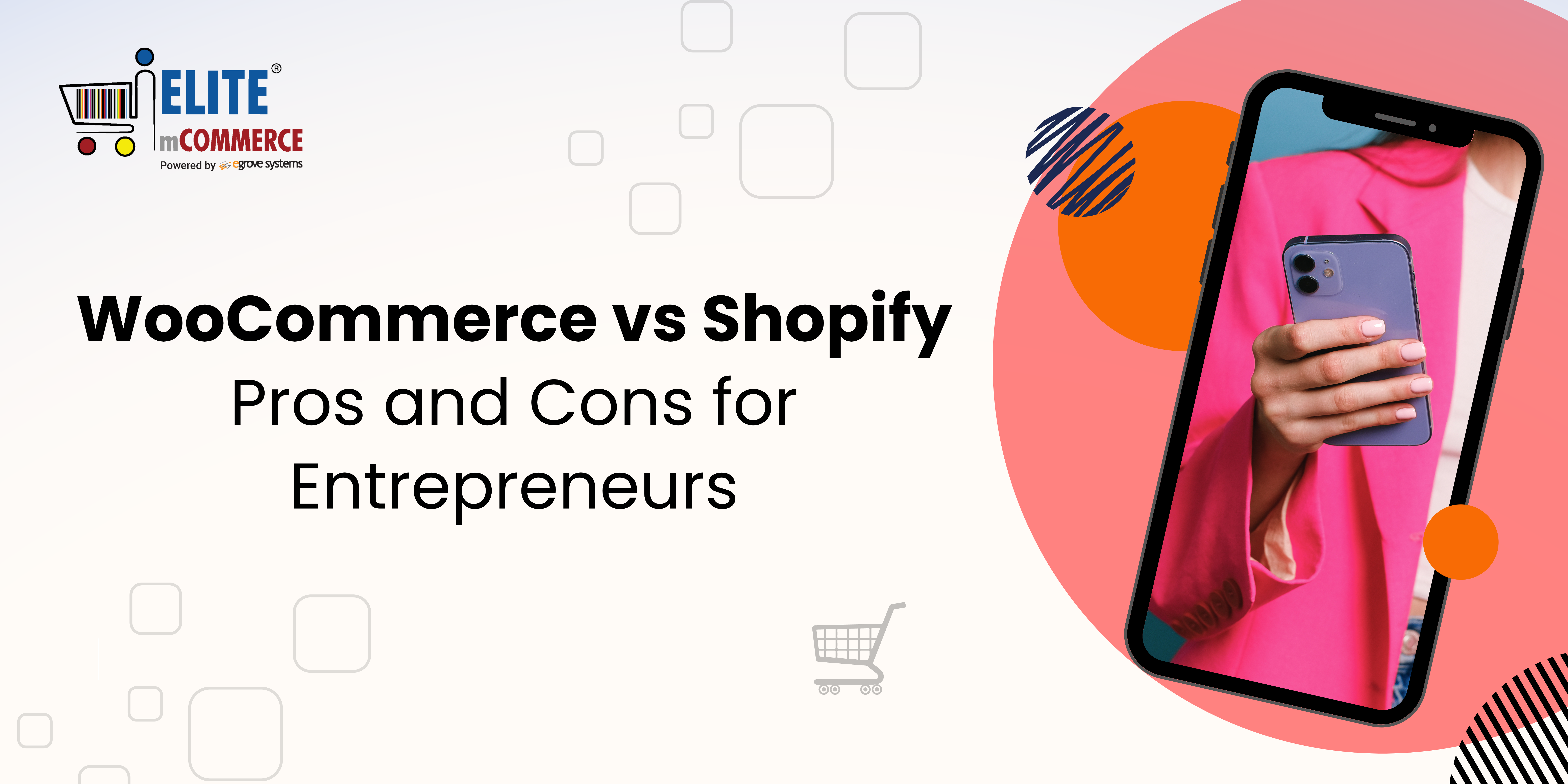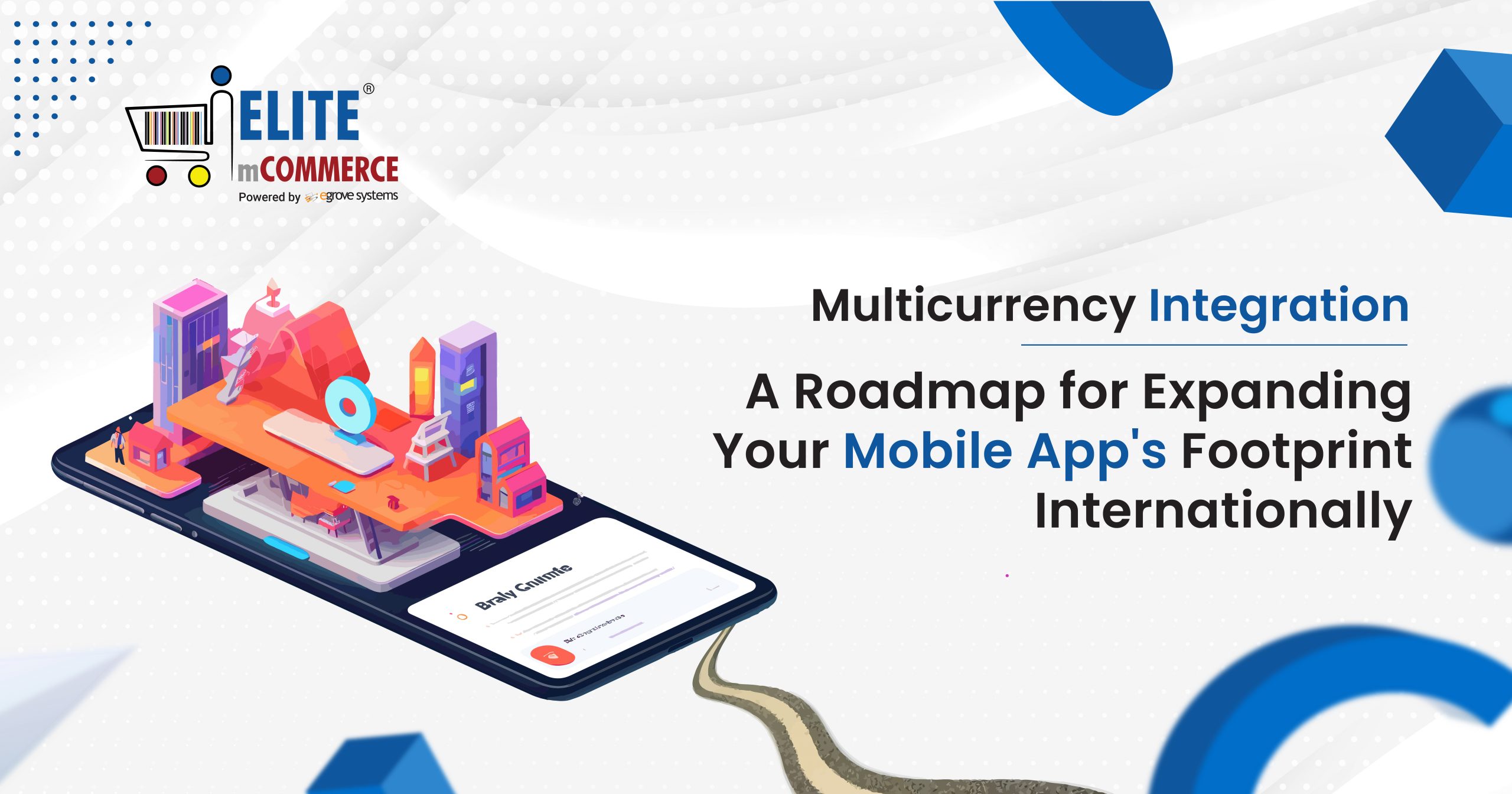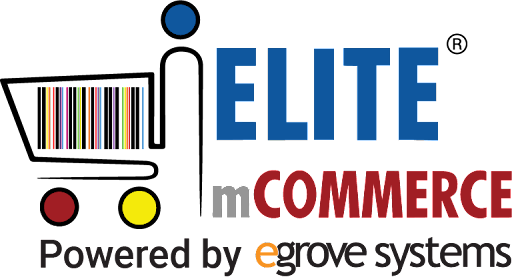As the restaurant business expands again to meet pre-pandemic levels, online reservations are demonstrating their value in bringing customers in. Dining rooms are trying to reach full capacity again after the pandemic, now only 20% below 2019 levels in April according to data from OpenTable. Restaurants are eager to make up for lost revenue over the past year. Online reservation services served a valuable purpose both in the pandemic and going forward, making it vital to understand how to use them and integrate them into your business.
Online reservation tools have become a hot trend this year. Squarespace, the website building and e-commerce development platform, purchased the reservations and restaurant management company Tock in March for over $400 million with a plan to expand into restaurant and hospitality services.
Online reservation tools let restaurant patrons instantly book reservations ahead of time, choose specific tables or dining areas, find out if a restaurant is too busy to serve new patrons currently, and get reminders of upcoming dates. They benefit restaurants by offloading the work of booking and tracking reservations from staff, and also neatly organize reservations to make them easier to track when customers arrive. In addition, they can offer additional features such as waiting lists and give detailed information to customers such as menu updates, seating arrangements, and special events to help them choose the restaurant. Some such as Tock have allowed customers to pay ahead of time online as well.
Impacts of the Pandemic
Early on in the pandemic, reservation services took a hit just as restaurants did, as shutdowns of in-person businesses cut restaurant reservations to zero. Per Wamda, two such platforms in the Middle East, Eat App and ReserveOut, suffered greatly, with ReserveOut’s revenues dropping by 50-55 percent and Eat App losing all revenue initially. However, as the pandemic continued, demand for limited-access dining became even greater, and reservations were more important than ever, applying to restaurants that hadn’t relied on them before. The co-founder of Tock, Nick Kokonas, told Restaurant Hospitality that while reservations dropped in mid-March 2020, the number of reservations grew after the end of May, “almost overtaking the number of to-go orders.” As restrictions lifted and customers started returning, the reservation business grew. Both Eat App and ReserveOut told Wamda that December 2020 was their best month ever.
In addition to booking reservations in limited-capacity on-premises dining, reservation services also expanded their services. Restaurants could use them for sending COVID questionnaires to incoming diners, plus notifications about outdoor and off-premises options and new health requirements. Many also offered online ordering for off-premises dining.
Read also: Unique Needs for Restaurant POS versus Retail POS
As more and more patrons return to restaurants, and with as many as 10% of restaurants permanently closed, reservations are expected to become even more important to avoid overcrowding this summer and beyond. Same-day reservations are already becoming impossible in Hawaii.
How Reservation Services Help
Online reservation services promote discoverability by making local restaurants with open reservations visible to customers who are browsing. With online services such as Google Maps and Instagram testing integrated restaurant menu and reservation services, the opportunities for online discoverability and booking all-in-one can be hugely advantageous to attracting new customers. Waiting lists and other engagement features keep restaurants from losing customers by turning them away due to lacking reservations, instead of encouraging them to wait for the next opportunity. They generally charge a fee per booking that is affordable to restaurants.
Restaurants that use reservations and those that rely on pickup and delivery sales aren’t usually the same, but the pandemic has changed a lot. Integration and coordination between the technologies that make these processes work are more important than ever. Some restaurants are concerned about the data collection practices of third-party reservation services, fearing that they will lose the ability to market and communicate with customers, so reservation solutions, like online food delivery apps, are most valuable when they retain information and help restaurants create loyal repeat customers.









Add comment